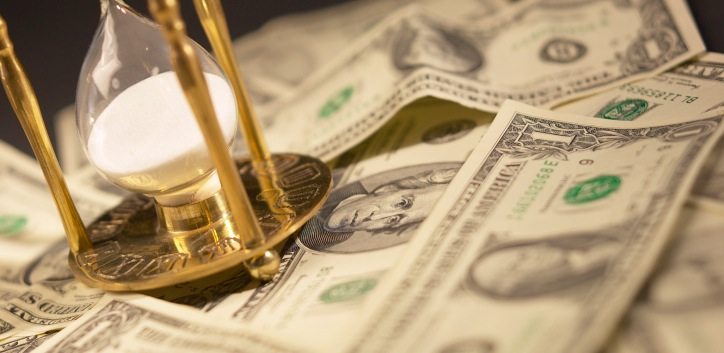
By Andrew Van Tuyle and Steve Jaffe, BH Properties
There are times in your life when something wonderful drops in your lap – like an adorable Great Dane puppy on Christmas morning. The puppy is so cute that you fall in love immediately, and never think about how large that Great Dane will become or how that dog will take over your life, destroying your house in the process. The current interest rate cycle may just be like that sweet, irrepressible puppy – impossible to resist but possibly life changing, in a bad way, as the market starts to move. Like the commercials have been telling us, interest rates are at an all-time low – and even more so for commercial real estate.

Rates are low today but, the one thing we know for sure, interest rates will go up eventually. Whether it’s 2015 or five years from now, there is a good chance that much of the debt that is being originated now will be paid off with debt at higher interest rates. If rates are higher or debt is not widely available (think 2009), refinancing could prove to be difficult without the dreaded rebalancing. Many transactions being structured today are betting on rent growth to increase value over the hold period, but interest rates are still at historic lows and many buyers aren’t considering refinance risks when structuring transactions.
2014 saw the highest sales volume activity since 2008 for multifamily assets. If interest rates are any indication, 2015 could prove to outpace those numbers because of decreased borrowing costs. From year-end 2013 to year-end 2014, the 10-year treasury, a key indicator of borrowing rates for real estate, dropped 86 basis points from 3.03 percent to 2.19 percent. That trend has continued so far in 2015 with the 10-year treasury dropping as low as 1.72, and as a result decreasing 10-year fixed rate debt options for multifamily to 3.40 percent or lower. In addition, some lenders are offering long-term interest only options of five to ten years. With cheaper debt options available, buyers can afford to pay a higher price and still achieve a market yield. In other words, it can temporarily justify overpaying.
Interest rates have a correlative impact on cap rates. Historically low interest rates have driven cap rates to their lowest level since the start of the recession. If borrowing costs go up, cap rates will too, and owners will either increase net operating income or quickly lose value. The fairly sudden drop in the 10-year treasury has created an abundance of opportunity for sellers looking to take profit, but max leveraging with interest rates this low could spell disaster for those looking to refinance in five to 10 years.
For example, if a buyer were to acquire a $10 million property at a 5.0 percent cap rate at today’s interest rates, they would likely be limited to a 75 percent loan to value or $7.5 million in loan proceeds. If rates increase to where they were a year ago, the debt proceeds will likely be constrained by a 1.2 debt coverage ratio, which would decrease the debt proceeds to $6.6 million and require the buyer to come up with another $900k in equity to buy the same property at the same price.
So what’s the lesson here? It’s critical to pay attention to the paw size of your sweet puppy – and be wary of the current low interest rate/high proceeds – you need not resist its draw, but anticipate the possible (and very likely) scenario outlined here.
About the Authors:
Steve Jaffe is the chief investment officer and principal, and Andrew Van Tuyle is the chief acquisitions officer with BH Properties, a Los Angeles-based commercial real estate investment company that focuses primarily on repositioning troubled assets in the industrial, multifamily, office and retail markets. With regional offices in Dallas and Salt Lake City, BH Properties has developed its own distinctive acquisition strategies in 15 states and become one of the repositioning experts in its core markets including California, Arizona, Nevada, Utah, Colorado and Texas.




